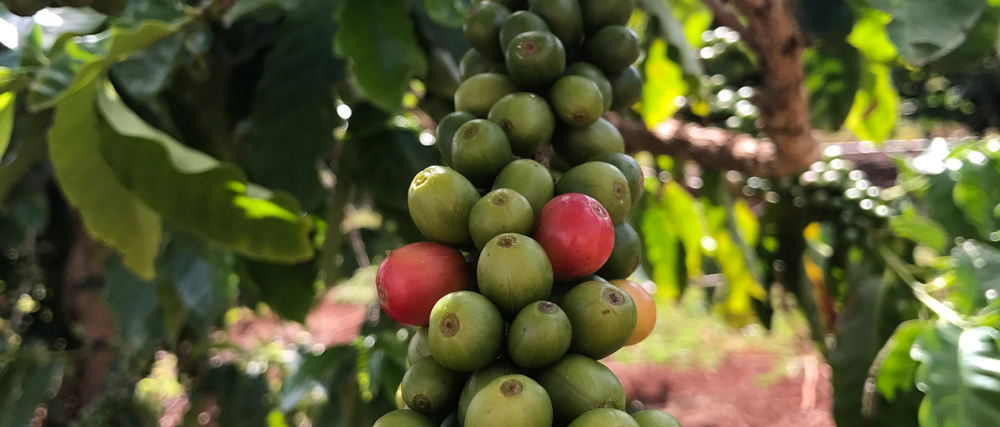Origin Notes: Tell Me More
If you’ve purchased from our website, you’ve probably noticed some notes on each single origin coffee.
Here’s an example:
Origin: Colombia
Region: Huila
Farm: Association of Farmers
Variety: Caturra, Columbia
Altitude: 1300–1700m
Proc. Method: Fully Washed and Sun Dried
We occasionally get asked what these mean, so today we’ll quickly explain each one.
Origin
On our website, the origin is just the country that that particular bean comes from. Easy peasy, right? Right!
Region
Region is also pretty straight forward. This is area of the country that the coffee is grown. For example, our Guatemalan bean comes from the Huehuetenango area in Guatemala. Coffee from different regions, even in the same country, can have major variations in flavor.
Farm
Occasionally we have coffee from a specific farm or producer. If so, we’ll list that. Sometimes though, you’ll see an association or co-op listed in this field. This means that a group of farmers and producers combine their crop to sell together.
Here we have a big dork just happy to be on a coffee farm.
Variety
Now we’re getting into the nitty gritty. The coffee plant comes in many varieties. First off though, there are two major types — Robusta and Arabica. All coffee that Reboot Roasting buys, roasts and sells is of the Arabica type.
If you’re a wine drinker, you know there are many varieties of grapes. This is just like that. A few examples that you’ve probably seen are Bourbon, Pacamara, Typica and Catuai. Do those sound familiar?
There are MANY varieties, and to list them would make this article much more in-depth than intended. Perhaps in the future we’ll go down that rabbit hole. There are plenty of fantastic articles out there already though. If you want to nerd out a bit, jump on the Google and have at it!
Altitude
This is another fun one. Did you know that the altitude that your coffee was grown at will greatly affect its flavor and aroma? It does! While over simplified and not without exceptions, the following is a general guideline:
Coffee with lower altitude (600-800 meters above sea-level) will often have very soft and subtle flavors. Not many specialty grade coffees are grown at this altitude, with the exception of Hawaiian coffees.
You then have coffee at medium altitude (900-1200 MASL). Coffee grown at these altitudes will have sweet and smooth notes. Think Brazil coffee for this range.
Next you have moderately high altitude (1200-1400 MASL). In this range we have coffee with nutty and chocolate notes. Colombia and Guatemalan coffee are popular in this range.
Lastly we have the very high altitude coffees (1500 MASL and higher). At this altitude we get some really interesting notes like fruity, spicy and floral. If you’ve ever tried Ethiopian or Kenyan coffee, you’re familiar with some of these notes.
Processing Method
The processing method is another huge influence on that cup of coffee you’re drinking. Although there are many variations and “in between” methods, the two major method types are natural and washed process.
Natural Process
For natural process, whole coffee cherries are left out on huge mats or patios to dry in the sun. This is more popular in very hot areas where there may not be water readily available. Once completely dried, the cherries are hulled and you’re left with just the coffee seeds. With this method, you tend to get more of the sweet, winey and fruity flavors that many people seek out and enjoy.
Washed Process
The second type is washed process. For this method, cherries that have just been picked go through a pulping machine to remove the skin and the majority of the pulp. These seeds are then soaked in water until the remainder of the pulp falls off. Once the soaking stage is complete, the beans are rinsed a final time and then left out in the sun to dry. Occasionally the beans can also be dried via mechanical grain dryer as well.
While this article was quick and only hits the high points, hopefully it gives you a few tidbits you can use when browsing for the next bean in your coffee adventures.




